Warsaw: One foot in the past, one foot in the future

Warsaw captured my heart with its beautiful restored buildings, kind people, Pierogi, duck with potato pancakes, Lodi ice cream and the most amazing mushroom soup I have ever tasted.
It is a city of contrasts between its turbulent past and maturing presence. The recent history of uprising, war, destruction and emergence from the Soviet era were something which fascinated me as I had read widely about it.
Arriving by train from Berlin, the same route taken by the conquering Nazi’s and the Jewish people bound for the concentration camps, I was impressed by the huge rather overpowering building that was a gift from the departing Russians, The Palace of Culture and Science.
The hostel I had booked months beforehand overwhelmed me with its bright, garish colours. The window of my room looked out over the roofs of old Warsaw, offering me a wonderful view during a violent thunderstorm several nights later. I had to become Mum to two young tourists I shared my lodgings with who were terrified by the ferociousness of the storm.
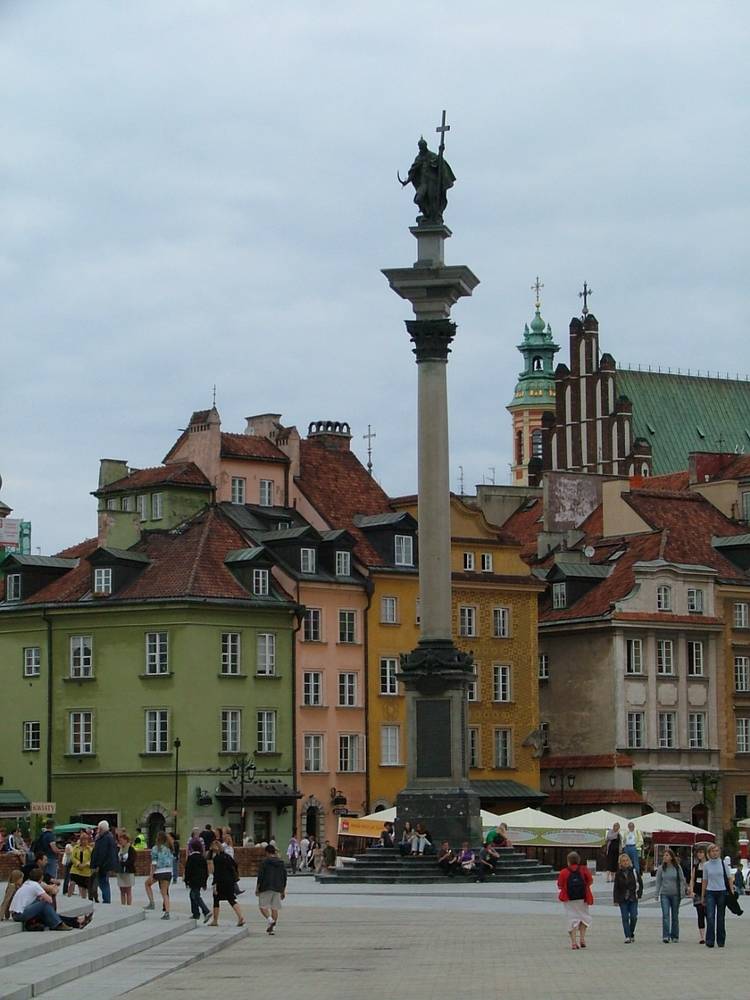
Warsaw was evocative and full of paradoxes. Friends who had travelled there a few weeks previously had arranged for their guide to look after me. We travelled out of the city to visit Chopin’s birthplace. Surrounded by a beautiful park, his music wafted from the house enticingly as we explored this lovely Polish home. Later that week I visited a church where Chopin’s heart is interred.
The highlight of my visit was the Warsaw Rising Museum. After walking through the tunnel under the vast Soviet-era motorway, unexpectedly full of tiny shops selling everything from second-hand clothes to fresh bread, I managed to get lost, finding myself on the outskirts of the city.
The road narrowed to a tiny strip of tar-seal and the footpaths were rough and cracked. Suspicious, sad housewives emerged from dilapidated homes and watched as I tried to read my map.
Eventually an elegant young woman rescued me and showed me where the museum was situated. The displays were both sad and compelling. A B24-J Liberator aircraft hung from the ceiling, overshadowing the displays of memorabilia donated by the survivors of the uprising in World War II.
Read more: European towns you’ll miss if you don’t take a river cruise
Sounds instantly assailed me; soldiers marching, air raid sirens, insurgents singing defiant songs. The displays included letters, medals, photos, remnants from dressing stations and hospitals. A communion cup in one cabinet had been used to bring solace to the fighters; it had belonged to a priest who was murdered by the Nazis.
Clothes, uniforms, identification cards and even a slice of barley bread made up some of the heart-rending exhibits. Full-sized photos of Warsaw before the invasion and of the leaders of the uprising covered the walls.
One section of the display is dedicated to the allied airmen who undertook many flights over the city to drop supplies. After visiting the wall of remembrance outside I returned for one further look at the displays. I became very upset when I found small pieces of timber with names etched on them. Men had carved their names into the wood so they would be remembered, so later generations would know they had existed.
Later that day I walked a route provided by the guide that took me past many of the sites of the uprising. I saw grey anonymous buildings guarded by large men dressed in black wielding huge guns, apartment buildings with their trademark tiny Soviet windows, a hospital that looked as though it had not changed since World War II, and diplomatic residences with beautiful gardens and high fences protecting them.
Deciding to visit the Castle on the Lake I was surprised to find it out-of-bounds and a large contingent of press and brawny security men patrolling menacingly around.
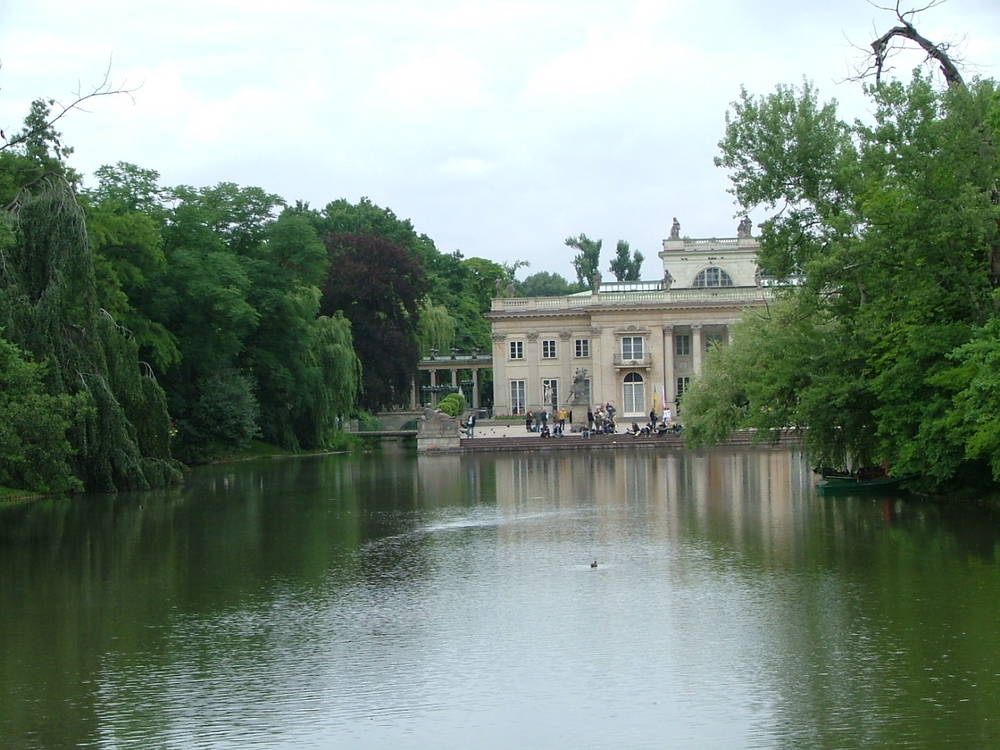
I decided to wait and see what was happening and soon I found myself watching the Prime Ministers of Poland and Ukraine arriving for lunch at the castle. My curiosity meant I appeared on Polish television that night. I continued my walk through the park encountering many birds and animals, including peacocks and red squirrels.
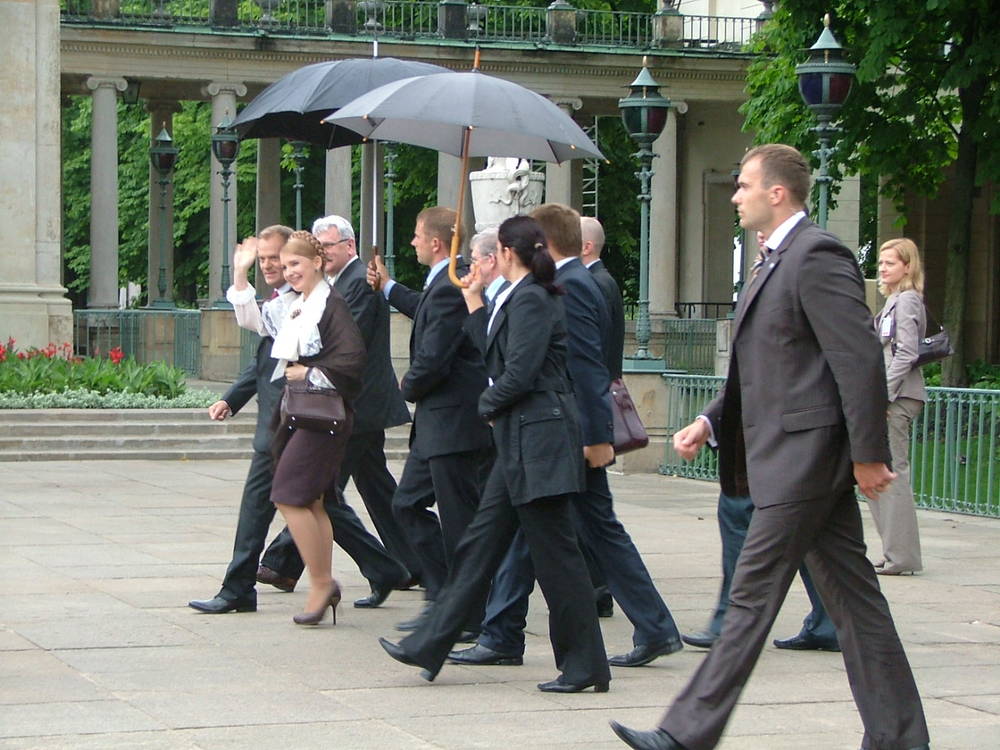
I travelled with my guide the following day to view new suburbs on the outskirts of the city – construction sites with dozens of faceless apartment buildings. These new developments on the periphery of the city were without any type of facilities; a supermarket, schools, churches, public transport or railway connection.
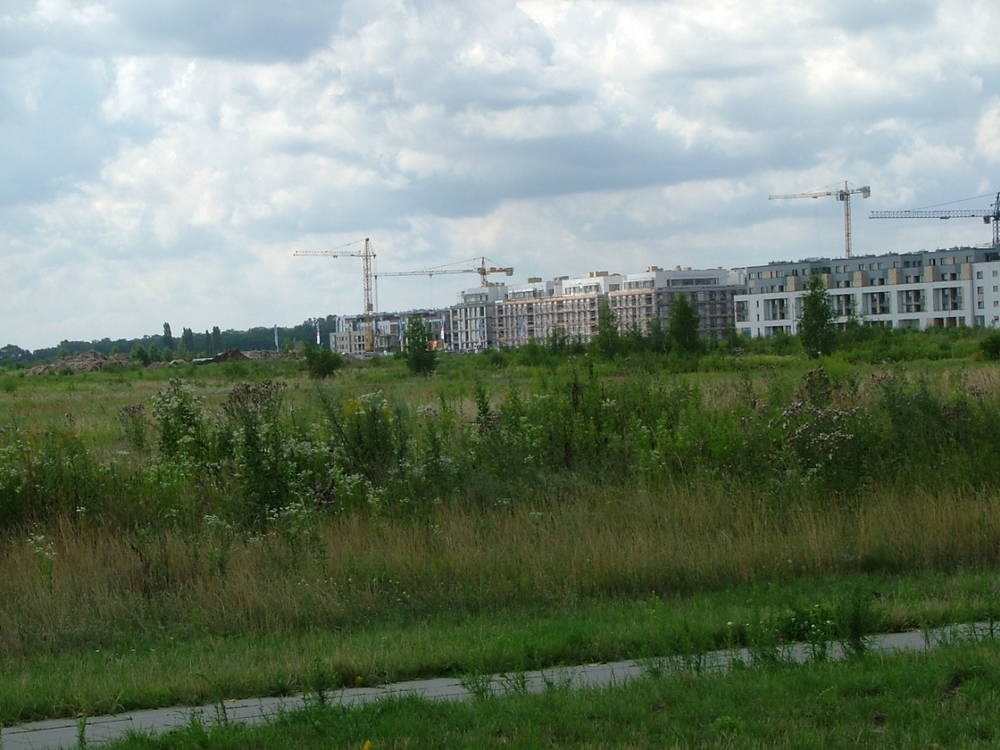
Later as I walked through the beautiful restored centre of Warsaw and visited the 13th century royal castle, opera house, city hall and the tomb of the unknown soldier, I was saddened by the contrasts evident with the past and the mundane and depressed lives many of the inhabitants of the city were now experiencing.
A huge statue dedicated to those who lost their lives in the Warsaw Uprising and the moving memorial to the women who died in concentration camps were sobering.
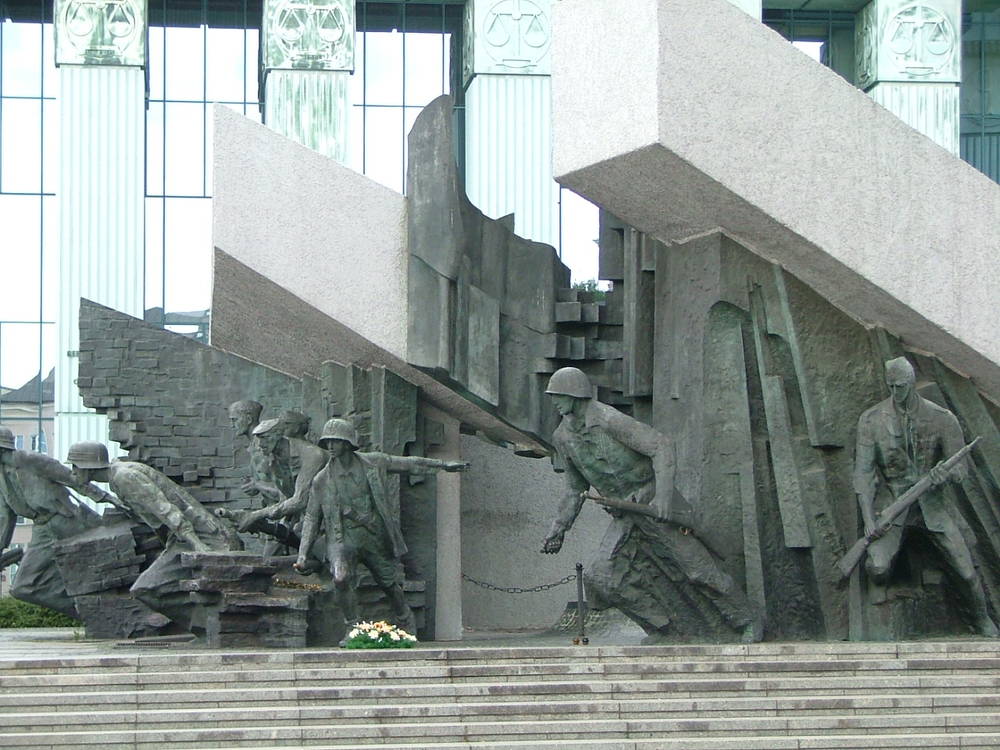
I became upset by the huge photographs attached to old apartment buildings in the Jewish quarter, photos of families who had lived in the buildings and never returned.
Read more: 10 things you’ll find at European Christmas markets
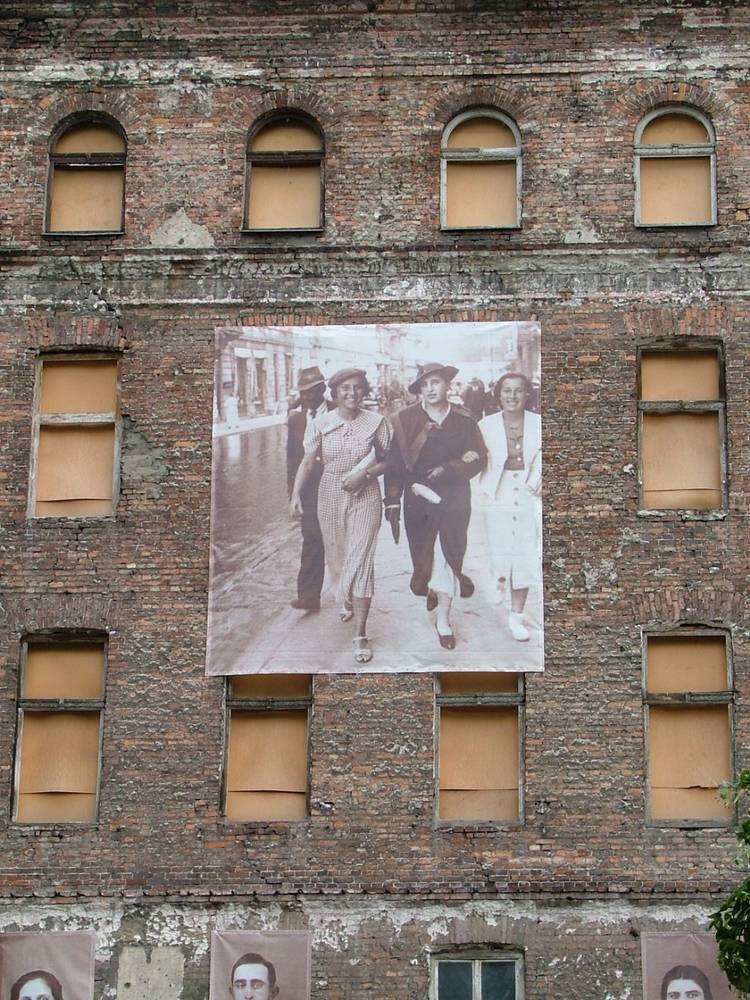
I was privileged to visit the headquarters where the remaining survivors of the Warsaw Uprising meet daily. I listened to their stories of courage, war and death. When they realised I was a New Zealander they thanked me for what our airmen had done to save their city and presented me with several gifts.
As I boarded the train the next day to travel to Krakow and Auschwitz, I knew I had left my heart in this beautiful enigmatic city trying to find its identity in a changing Europe.








 Proudly Australian owned and operated
Proudly Australian owned and operated